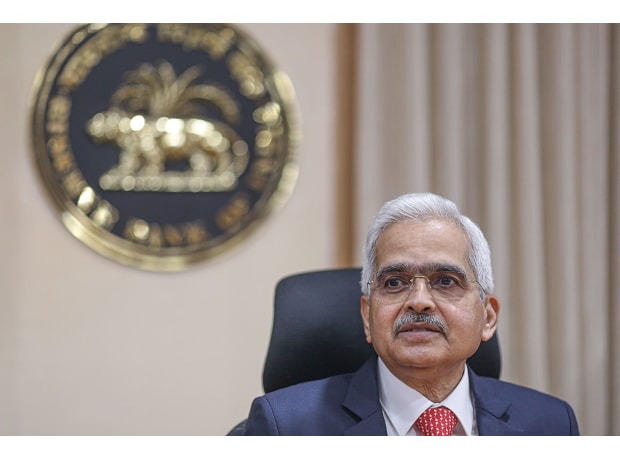[ad_1]
On Wednesday, the Reserve Bank of India (RBI) governor Shaktikanta Das announced a repo rate hike of 25 basis points (bps), taking the key benchmark interest rate to 6.5 per cent. The MPC’s decision was split 4-2. This is the first rate hike in 2023. Before this, the repo rate was hiked by 35 bps on December 7.
Das also announced that the MPC has decided to focus on withdrawal of the “accommodative stance” as the “situation does not look so grim now”. The MPC met on February 6, and the meeting concluded on February 8.
Das said that amid volatile global developments, the Indian economy remains resilient. However, the weak global demand and the current economic environment would be a drag on domestic growth. The central bank will maintain a “strong vigil” on the economic situation.
Das said that the advance estimates of the National Statistical Office (NSO) had pegged the real GDP growth at 7 per cent in FY23. For FY24, he added, the growth rate is expected to be 6.4 per cent. In the latest Economic Survey of the finance ministry, growth projection was 6-6.8 per cent for 2023-24.
“The overall stance has been maintained and not yet shifted to neutral indicating the approach RBI to take calibrated steps to meet the challenges of the growth v/s inflation matrix. The persisting uncertainties and volatile global scenario have prompted the RBI to revise downward the next year’s GDP growth rate to 6.4 per cent which is however still well comparable with peers,” said Jyoti Prakash Gadia, managing director (MD) at Resurgent India.
RBI Governor said that the “world economy does not look so grim now”, and the inflation has been coming down. In Q4, the retail inflation is expected to average 5.7 per cent. But the core inflation remains “sticky”. For FY23, the inflation projection has been kept at 6.5 per cent. For FY24, the inflation has been pegged at 5.3 per cent.
He added that even though the inflation will moderate in the next fiscal, it will remain above the 4 per cent level. The RBI is mandated to keep inflation at 4 per cent with a margin of 2 per cent on either side.
Earlier, a Business Standard poll had predicted a 25 bps rate hike.
Das added that the timing of government securities market restored to pre-pandemic level of 9am to 5pm. The RBI will now permit lending and borrowing of G-secs.
The RBI monetary policy guides the bank and lending rates in the economy. If the repo rate is hiked, it is generally followed by a rise in deposit as well as loan interest rates. The same pattern is followed when the repo rate is reduced.
“Now that we are nearing the peak of interest rate hike cycle, we will see some slowdown in discretionary consumption as effect of interest rate hike will kick-in. Till the time we get into a interest rate cut cycle, demand slowdown will be a challenge for next two to three quarters. From then onwards we will see a cool down in inflation, coupled with pent up demand to pull back the consumption industry back on track. In near term, budgetary stimulus due to change in personal tax rates and good sowing of Rabi crop will support rural and urban consumption while Centre’s focus on capex will sustain infrastructure growth in the economy. RBI commentary and announcement is mostly in line with street expectations and thus we don’t see any material impact on the economy from RBI rate hike decision,” said Anil Rego, founder and fund manager at Right Horizons PMS.
“The banking sector is also expected to respond positively with healthy credit growth and a positive real rate of interest to the depositors. Overall a pragmatic approach was adopted by RBI with the intent to have an immediate focus on inflation while supporting growth in the medium term,” Gadia added.
[ad_2]
Source link



